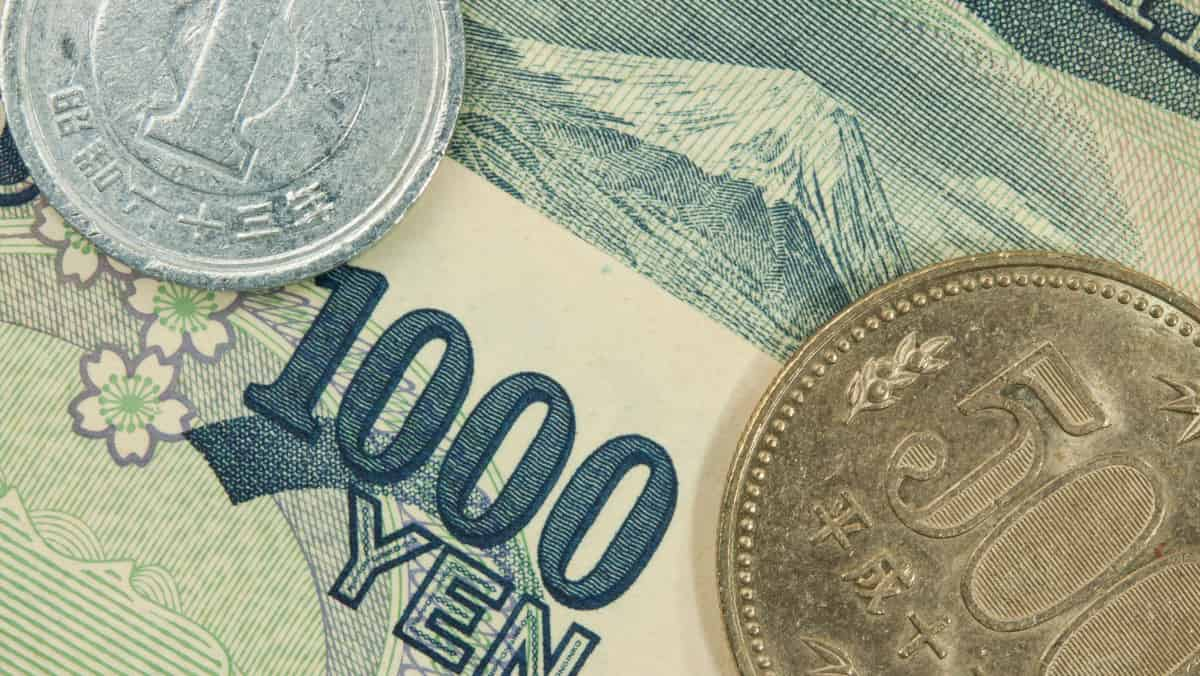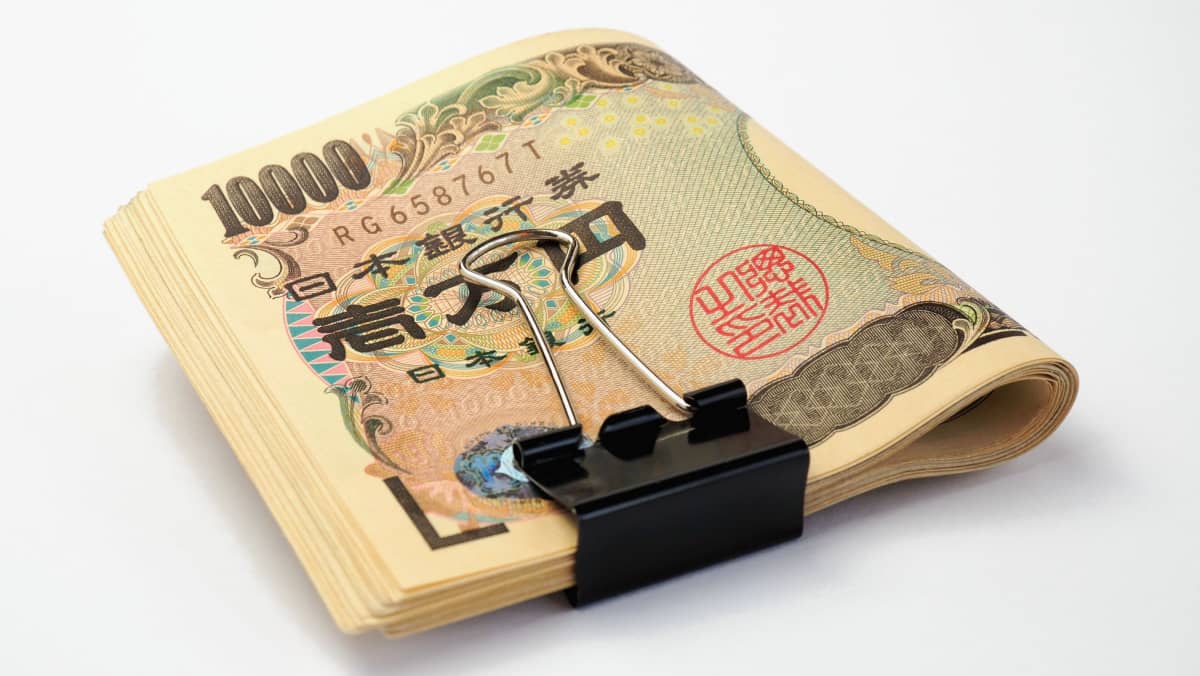Friday Apr 26 2024 14:08

4 min

The Japanese yen dropped to a new 34-year low against the U.S. dollar after the Bank of Japan left monetary policy unchanged, showing no signs of imminent intervention to bolster the weakening currency.
By Friday, as European forex markets opened, the yen had sunk by a further 0.5% against the U.S. dollar, trading at 156.60, marking its lowest level since 1990.
At the time of writing at 13:30 GMT, the yen had slipped even further, down 0.78% at 156.88 JPY per U.S. dollar.
The Bank of Japan (BoJ) confirmed it would maintain its benchmark interest rate between 0% and 0.1%, aligning with economists' expectations, and announced no changes to its bond purchase strategy.
Despite the BoJ abandoning its negative interest rate policy in March, the Japanese yen has continued to weaken.
This decline has been fueled by robust U.S. economic data and persistent inflation, which have increased the yield gap between U.S. Treasuries and Japanese government bonds (JGBs), making investments in the dollar more appealing.
Following the Bank of Japan's announcement, the yield on the 10-year JGB dropped 2.6 basis points to 0.902%, while the equivalent U.S. Treasury yield stood at 4.686%.
The 378 basis-point yield disparity, the largest since November, has primarily driven the USDJPY exchange rate up by 11.4% this year.

Market participants had anticipated possible intervention from financial authorities in Tokyo to purchase the Japanese yen and curb its decline. Previous statements by finance ministers from the U.S., Japan, and South Korea had highlighted significant concerns over the yen's weakness, suggesting intervention might occur if it reached certain levels such as 150, 152, or 155 yen to the dollar.
Hiroshi Watanabe, a former senior official in charge of Japan's currency strategy, said in early April that Tokyo would likely intervene when USD to JPY passed the 155 mark.
However, Bank of Japan Governor Kazuo Ueda indicated in his press conference that yen intervention was unlikely in the near term — even as the USD/JPY rate surged past multiple speculated trigger points.
Kit Juckes, currency strategist at Société Générale, commented on the dynamics:
“The Ministry of Finance has not come and intervened, at least not yet, we’ll see what happens with that”.
The Bank of Japan’s own forecasts for economic growth and inflation over coming years are “inconsistent with rates down here and [it] would look towards policy normalization that would be consistent with a stronger yen”, he added.
When considering shares, indices, forex (foreign exchange) and commodities for trading and price predictions, remember that trading CFDs involves a significant degree of risk and could result in capital loss.
Past performance is not indicative of any future results. This information is provided for informative purposes only and should not be construed to be investment advice.